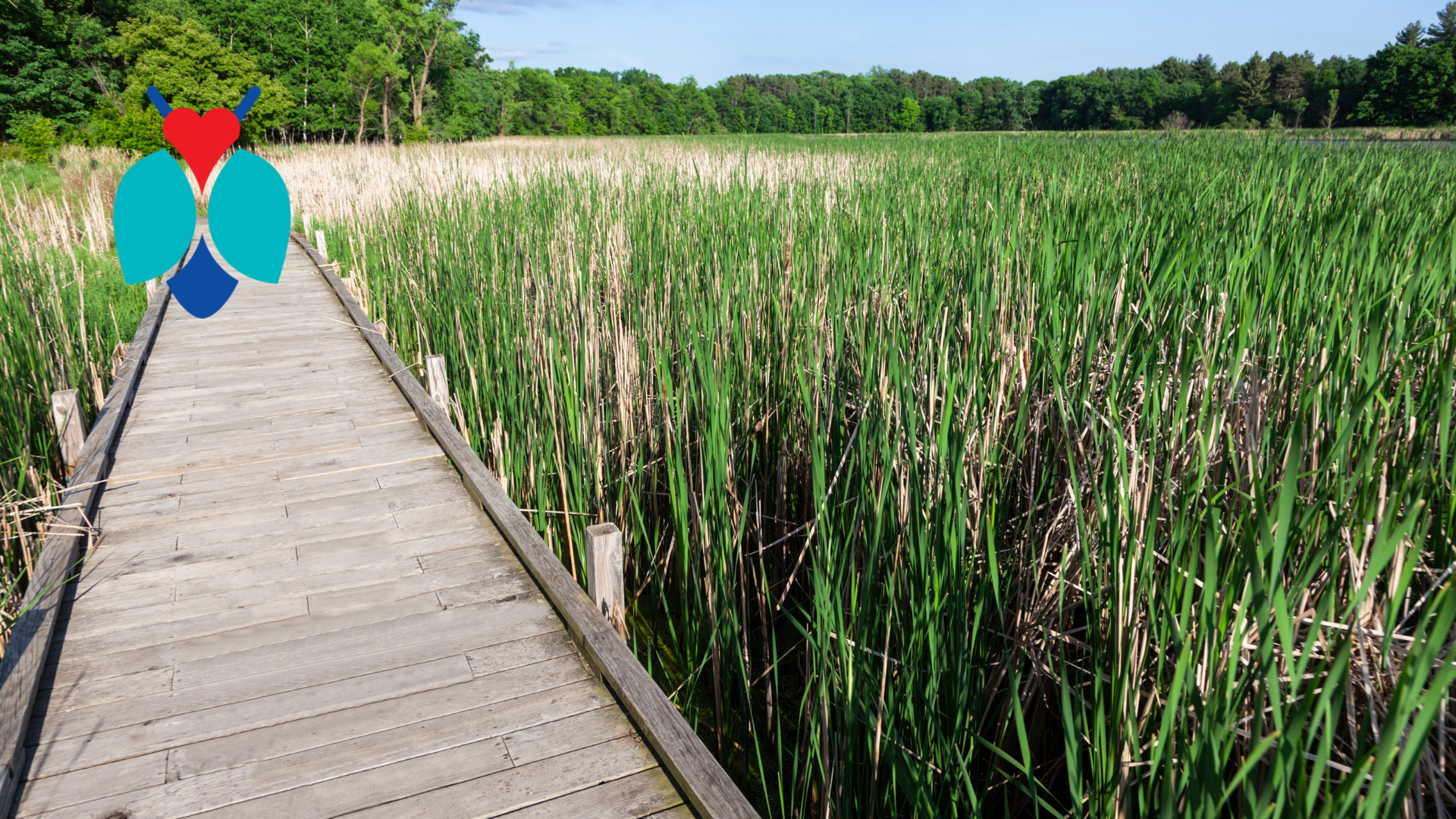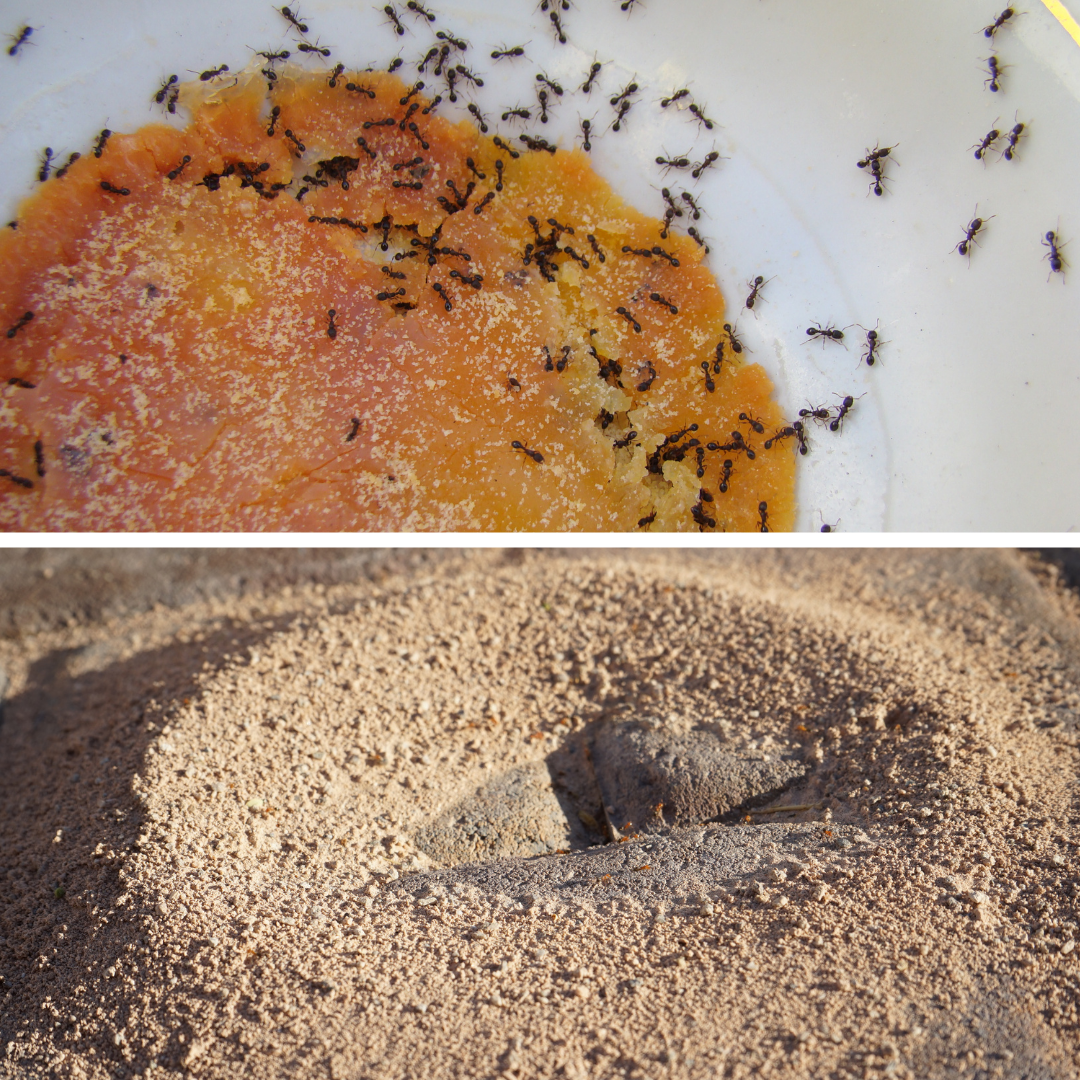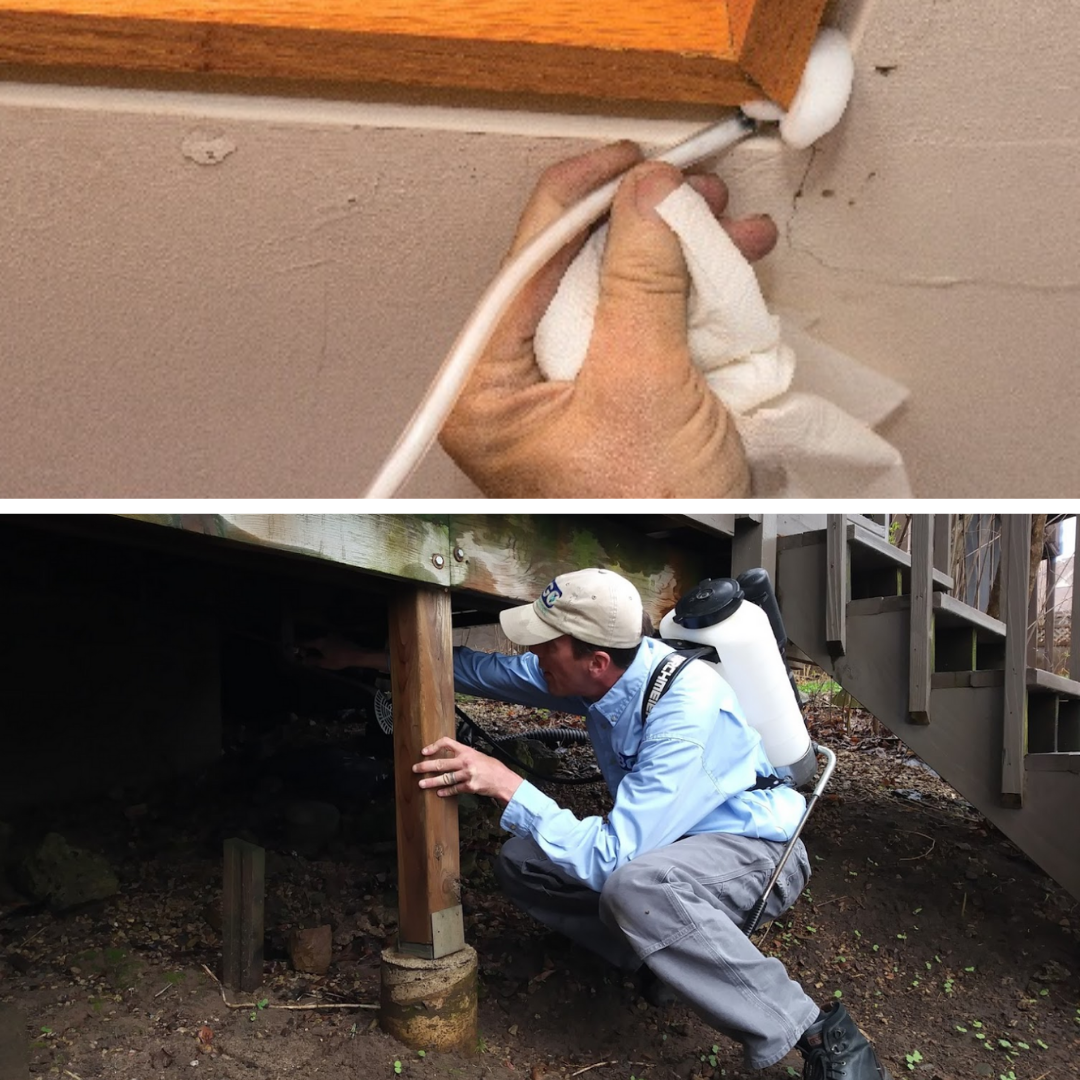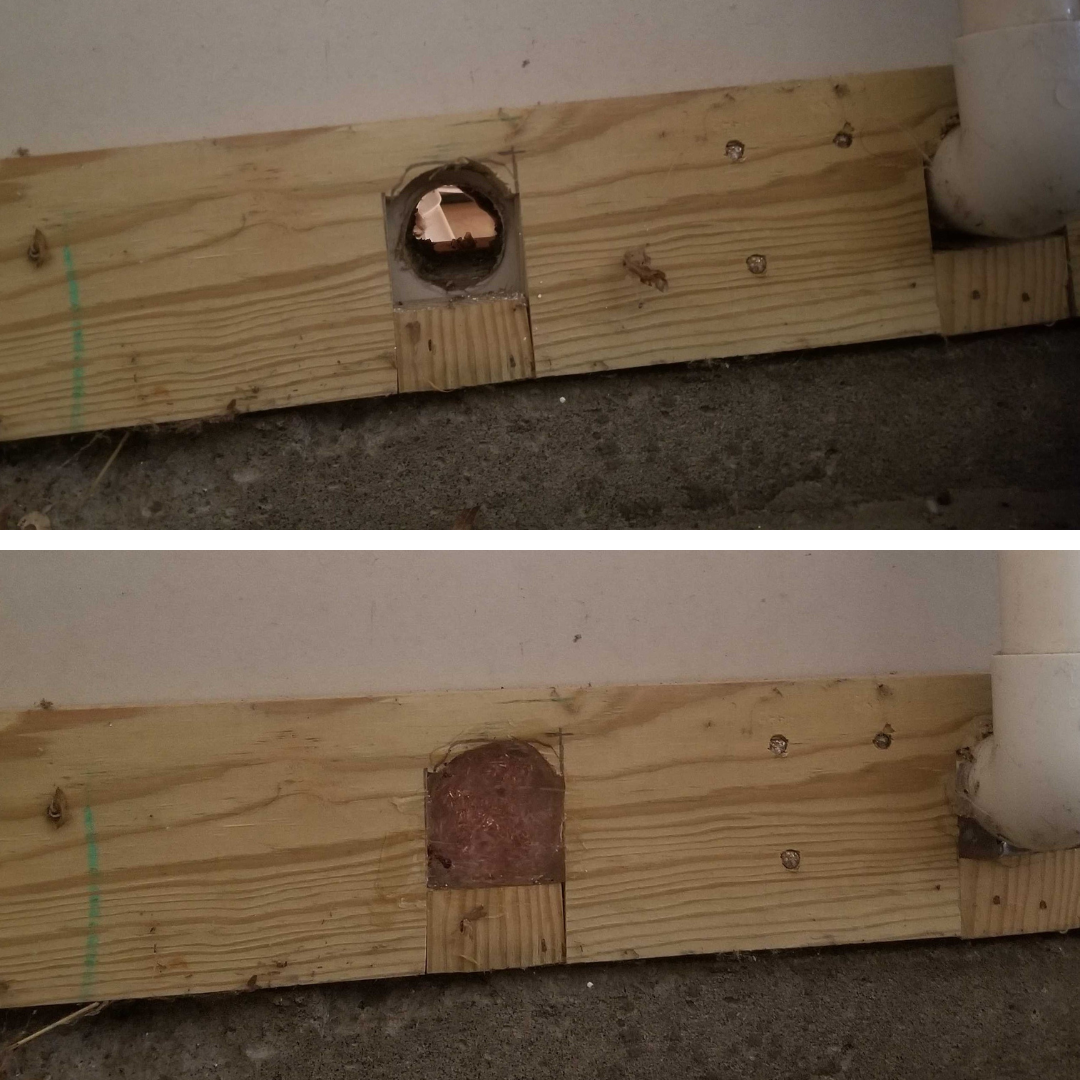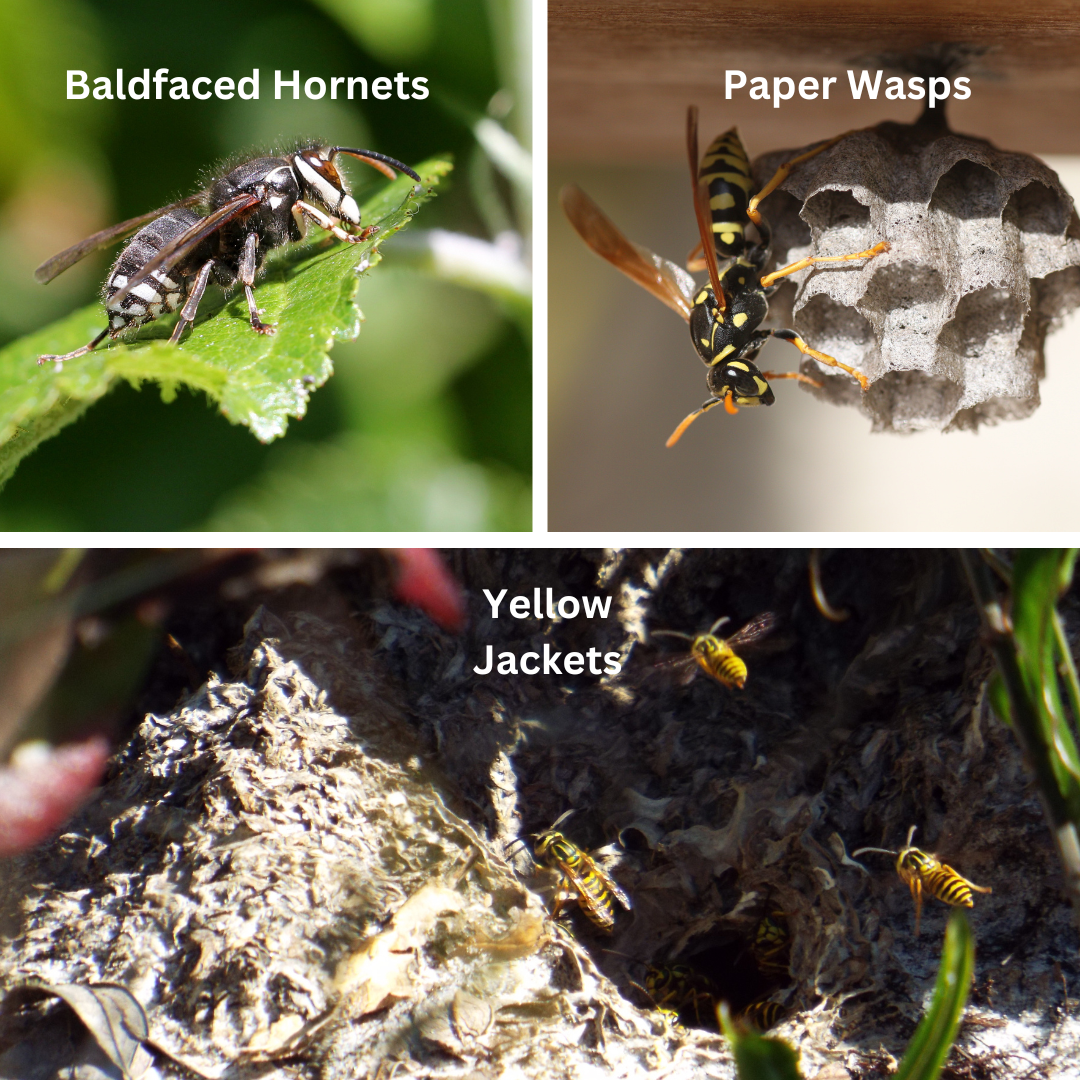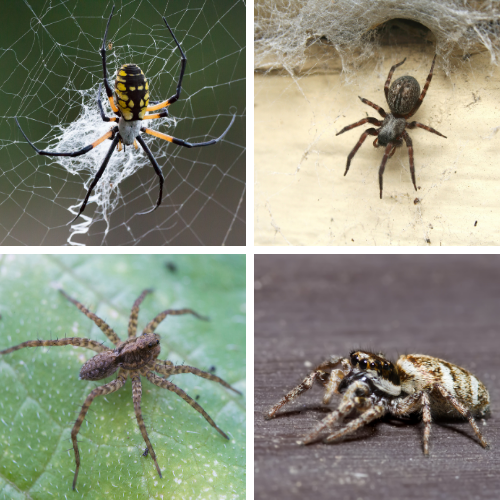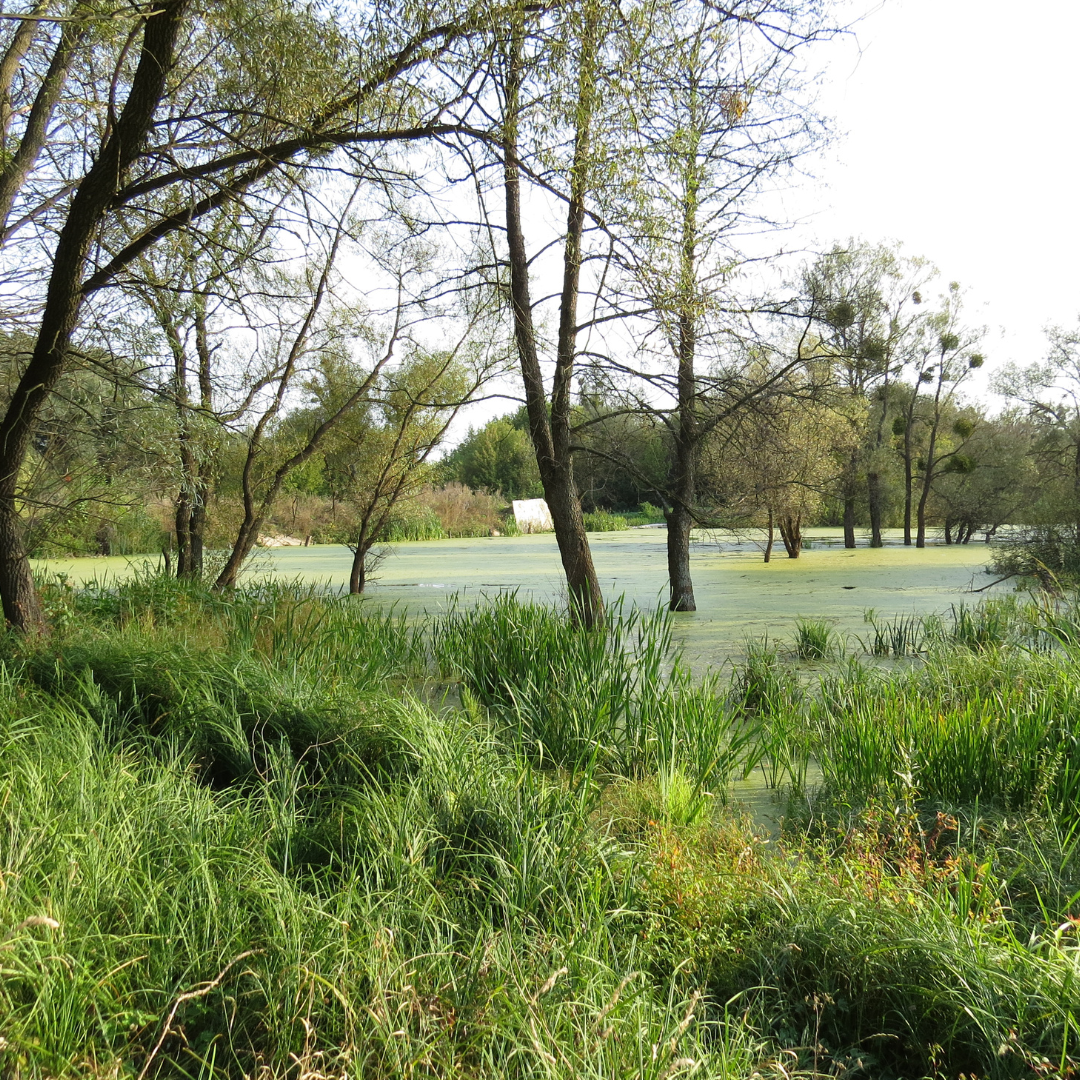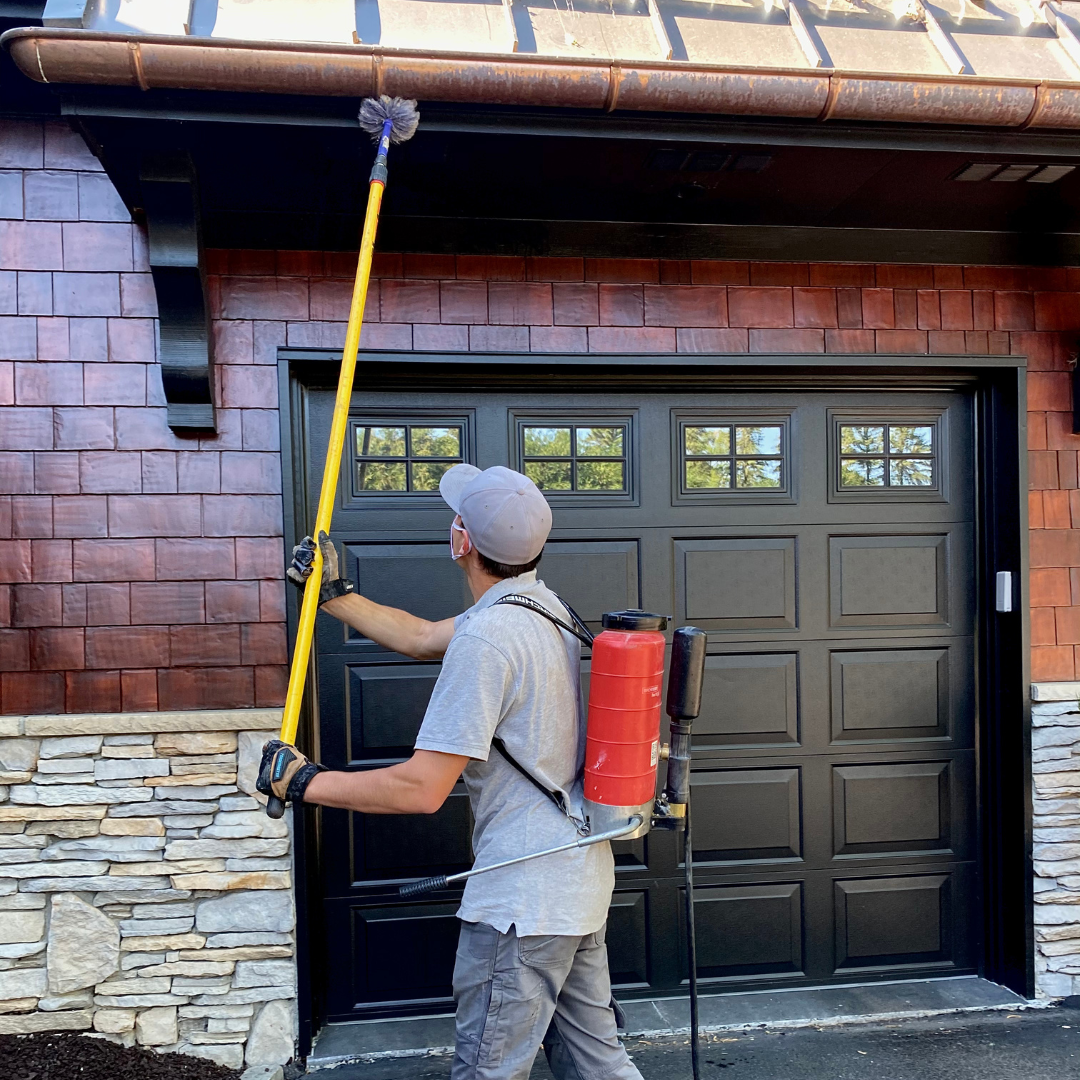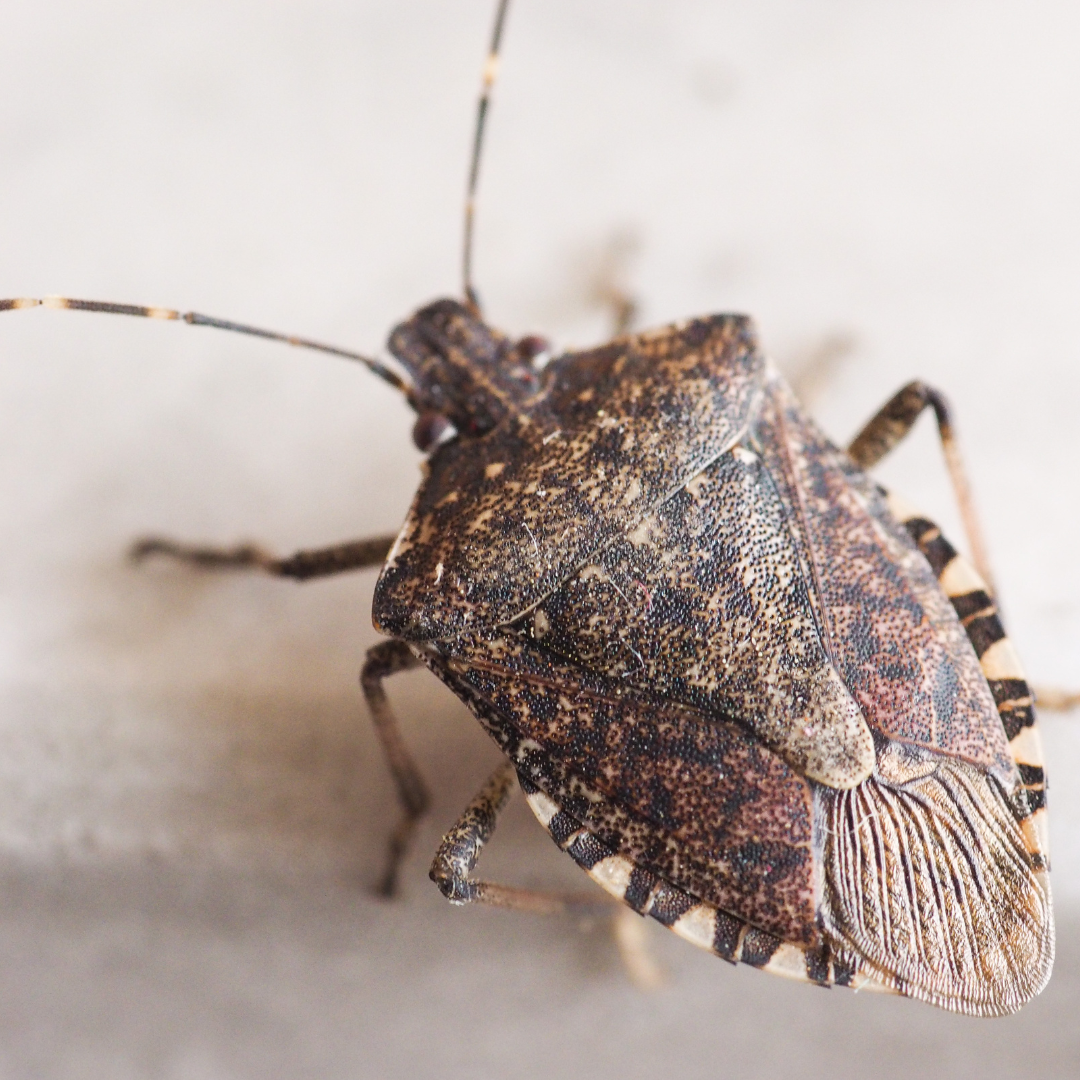Contact BOGO for All Your Woodbury Minnesota Pest Control Needs
Woodbury Minnesota is home to over 75,000 residents. There are over 50 parks with multiple lakes, wetlands, and wooded areas that attract people and pests.
These are the most common pests found in Woodbury Minnesota
(Click on the names to keep from scrolling)
To protect your home from all these insects and more our Insect Protection Plan or IPP is the best option
If you have any questions or concerns or would like to schedule an appointment call us or send us an email
Call Us Today! 952-404-BOGO (2646)
Share This Page!
Ants in Woodbury Minnesota
Carpenter Ants
Carpenter ants are often misunderstood. When carpenter ants are outside near a tree they are not killing the tree. The tree that they are living inside was already water damaged and rotting before the ants got there. When they are inside a home they aren’t eating through wood causing the entire home to collapse. They find wood inside a home or on a deck that is already waterlogged and damaged from a leak or rain. They also do not need to eat wood to survive as termites do. Termites eat wood no matter what condition it is in. Carpenter ants just chew small tunnels and galleries through rotted wood to store food, eggs, larvae, and pupa. It will take much longer for a carpenter ant colony to cause significant structural damage. It is more likely that the water issue attracting the ants will cause structural damage before they do.
Pavement Ants
Pavement ants got their name based on where their nests are located. They build their nests under driveways, sidewalks, brick patios, and gutters. Their nests are noticeable by their circles of sand and dirt above the ground. They dig tunnels underground to store their eggs, larvae, and pupa. Only around 10% of the ants leave the nests to forage for food. Their diets consist of protein-based foods and sugary foods. The protein-based foods are fed to the pupa and larvae and the sugary foods are eaten by the worker ants. Some of the most common foods they forage for are; pet food, nectar, fruits, insects, and sugary human foods.
Ant Service
Our ant service uses a product that only licensed pest control technicians can use. It’s extremely effective for social insects. Ants live in colonies that can vary between 1,000 to 10,000 workers. Out of all the ants living in a colony, only around 10% of them leave their nests. The product we use allows the ants that leave the nest to bring the product back inside the nest. Once inside it spreads through the rest of the colony. Ant products that are bought over the counter kill the ants too quickly. This means that only the ants that leave the nest are affected. This will not solve an ant problem as the nest will send out even more workers to offset the ants that didn’t come back. Our product takes 30 days to kill an entire ant colony living inside or outside of the home.
Click below to learn about our ant services
To learn more about ants visit our ant identification page
Mice in Woodbury Minnesota
Mouse Behavior
All mice behave in similar ways. No matter what species the mouse is they all stick to two main jobs. One job is to breed and one job is to forage for food and hoard it for winter. Mice do not have a mating season and do not hibernate. They breed multiple times a year and will breed with each other even in the winter. One mouse can have 10 litters in one year. Most mice live in groups of multiple females, 1 or 2 males, and their offspring. Each mouse works towards benefiting the entire group by foraging for food with nursing. They stay in their territory that stretches 30 yards away from their nest. As they are nocturnal they use their scent of smell more than their eyesight when looking for food. They make scent trails that help other mice in their group find their way back to the nest. These scent trails over time can leave rub marks on homes. Most rub marks lead to entry points.
Mouse Service
Our mouse service is our niche service. We take pride in our service and stand by it by offering a signature 2-year or 2-visit 2-year warranty. The reason why our mouse service has been so successful is that it’s based on science, honesty, and using mouse-proof materials. The science is based on how mice behave in Minnesota and how they interact with their environment. It’s hard to find a pest control company that is honest to customers. They often do not solve the mouse problem completely. Instead, they try to prolong the problem. They get customers to sign contracts for monthly visits. Our service solves the mouse problem for good. We also try our very best to do it on the first visit. We take our time when sealing a house and our techs are very knowledgeable about what to look for and what mouse-proof materials to use for each entry point.
Learn more about our signature mouse service
To learn more about mice and their behavior visit our mouse identification page
Wasps in Woodbury Minnesota
Wasp Behavior
Social wasp behavior in Minnesota is based on the seasons and changes in temperature. Each spring female wasps wake up from hibernation and search for a location to build a new nest. They find the papery material for their nests by chewing on dried-out wood and mixing it with their saliva. Most of the wood is foraged from wooden decks and cedar shakes. Every nest has hexagonal cells inside where the larvae and pupa grow. Over time they turn into workers. The workers leave the nest to forage for food and nesting materials. The food they forage for is often protein-based and fed to larvae to help them grow. The rest of the workers feed on the sugary substance that the larva secretes inside the nest. They do this all summer long and eventually by the end some of the nests can have thousands of workers living inside them. Paper wasps have 30-70 workers by the end of the summer. Baldfaced hornets have between 400-700 and yellow jackets can have 1000-4000.
Wasp Service
Our wasp service has two services. One service is to prevent wasps from building nests on the exterior of the home. The other service is for servicing wasp nests that are currently active. The preventative service uses a product that kills the wasps instantly. The product is applied on the exterior of the home under soffits, gutters, and on siding. When a wasp lands on the surface of the sprayed area it will die in 30-45 minutes. Homes with cedar shakes or wood decks will often still see foraging wasps flying from nests on another property. The next service is for servicing wasp nests that are already on the property. For this service, we use a product that doesn’t kill the wasps right away. We want the wasps that leave the nest to carry it back to the nest to spread it across the rest of the wasp colony. It could take 14-30 days to kill an entire wasp colony depending on the size of the nest.
Click below to learn about our wasp services
To learn more about wasps and bees visit our identification
Spiders in Woodbury Minnesota
Spider Behavior
Spiders spark fear in many people. But they have been on our planet for 100s of millions of years. Over this amount of time, they have provided an important service for our ecosystems. They eat insects that spread diseases to plants and animals. Without spiders, a lot of these insects would be overpopulating Minnesota. Some spiders eat insects by hunting them and some eat them by catching them inside webs. The most common spiders in Minnesota that hunt for insects are the wolf spider (bottom left) and the jumping spider (bottom right). Some common web-building spiders are the garden spider (top left) and the common house spider (top right).
Spider Habitat
Spiders live in habitats where there is an abundance of insects for them to eat. Most insects live in areas near bodies of water or wooded habitats. Some spiders live in gardens or agricultural fields and eat insects that damage the crops. Homes that live near these habitats have more spider activity compared to other homes. Some easy ways to draw spiders away from the house also work towards keeping other insects out. One tip is to clear any leaf litter out of the basement windows and around the foundation. Another tip is to keep plants and grasses trimmed at least 2 feet away from the house.
Spider Service
The spider service we provide is focused on the exterior of the home or building. We start the service by knocking down the cobwebs on the outside of the house. The cobwebs on the house have egg sacs inside them that can carry hundreds of baby spiders inside one egg. Knocking down the webs stops these egg sacs from hatching. Knocking them down also helps with getting the spiders who built the webs to move around. When they start moving around they are more likely to cross over any treated areas and die. The product on the home is effective for 2 months. Homes that are close to a body of water or wooded habitat will need multiple treatments to keep the population of spiders off of the home.
Click below to learn about our Spider Service
To learn more about spiders read our blog “We Love Leaving Near Woods and Water and so do Spiders!”
Boxelder Bugs and Stink Bugs in Woodbury Minnesota
Boxelder Bugs
Boxelder bugs are pests in Minnesota that are a nuisance in the fall. They fly toward homes and buildings to look for places to overwinter. During the winter most of the bugs hibernate in a frozen state. Sometimes in the winter, the sun heats the roof, windows, and walls up enough to wake a few up. This causes them to move around the inside of the home and move toward windows to absorb the sun’s rays. Boxelder bugs will not breed or lay eggs in the winter. They start breeding in the late spring up until mid-summer. They lay their eggs in female boxelder trees. When they hatch the young nymphs feed on the helicopter seeds the trees produce. When the temperatures drop they leave the trees and swarm on homes and buildings.
Stink Bugs
Stink bugs are an invasive species that came from Asia inside shipping containers. The first stink bugs found in Minnesota was in 2010. In the fall they start swarming toward homes to look for a place to over winter. Many stink bugs find their way inside by flying through chimneys, soffits, and soffit vents. They spend the winter hibernating behind the walls and in the attic. When stink bugs start moving around inside they are usually warmed up from the sun on sunny days. They do not breed or lay eggs inside. They start breeding in early spring and lay eggs on various plants. Adult stink bugs live in gardens and agricultural fields in the summer. Their favorite foods are apples, grapes, tomatoes, and sweet corn.
Boxelder Bug and Stink Bugs Service
Our stink bug and boxelder bug service are applied in the fall. The service is done on the exterior of the home. Because these bugs can fly our service treats most of the siding, soffits, and foundation. The products stick to the home and are effective for 2 months. During these 2 months, any bug that lands on the home will die in 30-45 minutes. It’s often more effective to get the treatment done before the swarms start to show up. Once the bugs start landing on the home there is most likely a population already living inside. Interior treatments are not effective as the dose of the product on the exterior is stronger than what we can apply inside. It is also not effective because we can’t spray the same surface area as we can on the exterior of the home. This makes it highly unlikely that bugs will cross over any treated areas inside.
Click below to learn more about boxelder/stink bug service
To learn more about stink bugs and boxelder bugs read our blog “Minnesota Fall Pests.”
Ash Tree Service in Woodbury Minnesota
Benefits of Treating Ash Trees
Ash trees in Woodbury Minnesota are in danger of dying from the emerald ash borer. Luckily cutting an infected ash tree down is not the only option. Cutting down any tree, especially a mature tree should always try to be avoided. Large ash trees provide multiple different health and environmental benefits. Trees can reduce blood pressure, relieve stress, improve mental health, and even benefit your immune system. The environmental benefits of trees are already well known. One mature ash tree is capable of absorbing 1000 pounds of carbon from the atmosphere in one year. They also provide shade for homes, reducing the energy needed to cool the house in the summer.
Ash Tree Service
Our ash tree treatment for the emerald ash borer is the most effective ash tree treatment in the industry. We have a knowledgeable and highly experienced arborist on our team. He has tested multiple different treatments and found pneumatic micro-injections to be the most effective in killing the emerald ash borer. This treatment starts by drilling multiple injection points around the bottom of the tree. We then individually inject our product into each injection point. By injecting the product individually we can put the same amount of product inside each injection point. This also allows us to watch the tree take up the product at each injection point.
For more information about the emerald ash borer in Woodbury Minnesota
Learn more about the emerald ash borer and the benefits of treating your ash trees
To protect your home from all these insects and more our Insect Protection Plan or IPP is the best option
BOGO Provides Pest Control Services For the Twin Cities and Beyond! Just a Few Cities We Service For Include;
Anoka|Apple Valley|Bloomington|Burnsville|Coon Rapids|Champlin|Chanhassen|Deephaven| Delano|Eagan|Eden Prairie|Edina|Elk River|Excelsior|Golden Valley|Independence|Lino Lakes|Long Lake|Maple Grove|Maple Plain|Medina|Minneapolis| Minnetonka|Minnetrista|Mound|New Brighton|North Oaks|Orono|Prior Lake|Plymouth|Ramsey|Rogers|Shoreview| Shorewood|Stillwater|St. Louis Park|St. Paul|Victoria|White Bear Lake| Wayzata|Woodbury|
If you have any questions or concerns or would like to schedule an appointment call us or send us an email
Call Us Today! 952-404-BOGO (2646)



